How to set up your dirt bike for riding in the woods
Riding off-road on public or private land comes with some responsibilities. Check your local Department of Natural Resources (DNR) office for rules and regulations regarding use of trails in your area. Most states require a trail sticker on your bike to use its trail system.
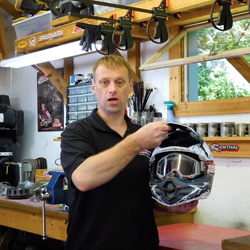 The most important thing when riding in the woods is to use good protective gear, such as the following:
The most important thing when riding in the woods is to use good protective gear, such as the following:
- Helmet and eye protection
- High-quality boots that protect your feet and ankles while providing a place to grip the bike
- Chest protector to guard against puncture wounds
- Shin guards or knee braces
- Ventilated jersey, riding pants and gloves
- Hydration pack backpack for hot days
- Inside your backpack, carry a trail map of wherever you’re riding that day, a simple medical kit, paper towels and glass cleaner. Also, pack a small toolkit with basic tools to cover most of the bolts on your bike
Use full-wrap handguards
One of the most important things for setting up your bike for the woods is solid, full-wrap handguards. Full-wrap handguards provide great protection to your hands and the dirt bike levers in case of a crash. They also provide a good spot for leaning your bike against a tree when taking a break on the trail.
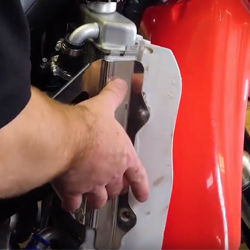 Install a radiator guard
Install a radiator guard
Another good protective guard to have is a radiator guard. Many different styles are available, but chose a style that protects against side and front impacts. Consider using a higher-pressure radiator cap to protect the cooling system from boiling over on hot days. Some riders even install an optional radiator-cooling fan.
Tune your suspension
Arguably the most important thing you can do to your dirt bike for off-road riding is have your suspension set up for your skill level, weight and riding conditions. This is commonly achieved by a re-valve or a re-spring, which any reputable suspension company can perform. They can install heavy-duty fork seals for off-road riding, a larger bladder cap and a different adjustment ring for setting spring tension.
Switch to a sealed chain
Most dirt bikes don’t come with sealed chains. It’s good practice to switch to a sealed chain, which uses an X-ring or an O-ring to seal out contaminants and help prevent wear. Another tip when riding in the mud is to run the maximum slack you can to avoid prematurely wearing the sprockets and chain.
Use high-quality tires
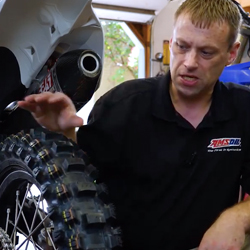 As important as your suspension is, it’s vital to have high-quality tires. Ensure you have a nice, square edge on the tire. You only have your tires between you and the ground, so it is especially important to have good traction.
As important as your suspension is, it’s vital to have high-quality tires. Ensure you have a nice, square edge on the tire. You only have your tires between you and the ground, so it is especially important to have good traction.
Almost all dirt bikes sold today come with standard-duty tubes. Upgrade to heavy-duty tubes, which help protect against flats. Some off-road riders choose to use an 18-inch rear wheel. An 18-inch wheel provides two benefits over a 19-inch wheel:
1) A larger sidewall increases rider comfort
2) Increased protection against pinch-flats compared to a 19-inch wheel
Turn up the idle to avoid stalling
When riding a tight single track in the woods, stalling is a real problem. One way to combat stalling is to turn up the idle. On most four-stroke bikes, an idle setting of about 1,800 to 2,000 rpm works best. If you’re still having issues stalling, you can add weight to the flywheel to increase inertia, which helps keep the engine running and controls power delivery.
In terms of power delivery, you can also change your throttle tube, which adjusts the degrees it takes to turn the throttle to wide  open. This allows you to fine-tune throttle delivery to your riding abilities and conditions. On bikes that have cable-operated clutches, you can modify the clutch actuator arm to adjust power delivery. Grind down the high ridge to provide a more linear clutch pull that’s similar to a hydraulic clutch.
open. This allows you to fine-tune throttle delivery to your riding abilities and conditions. On bikes that have cable-operated clutches, you can modify the clutch actuator arm to adjust power delivery. Grind down the high ridge to provide a more linear clutch pull that’s similar to a hydraulic clutch.
Install a larger fuel tank
There’s nothing worse than running out of gas when you’re away from the truck, you’re by yourself or you’re in a race that’s two hours long and you can’t make it to the finish line. Install a larger fuel tank to avoid these issues. Many stock tanks are about 1.7 gallons, while an aftermarket tank can increase capacity by about a gallon.
Use a spark-arrestor
When you’re riding off-road, make sure you’re a good steward by installing a spark arrestor in your muffler. Spark arrestors help prevent forest fires, and in some states they’re required. They can be purchased for either an original-equipment-manufacturer or aftermarket exhaust.
Install heavy-duty guards
Some areas of your dirt bike are prone to damage. One of those areas is the rear brake rotor. Install a heavy-duty, aftermarket 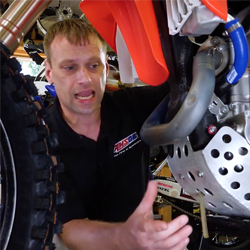 guard to help protect against the rotor bending or, worse, damaging your hub. Another area that’s prone to damage is the underside of the frame rails and the bottom of the engine cases. For best protection, install a heavy-duty guard. Not only does a guard protect the bottom of the frame rails, it protects the engine cases and the outer side of the engine covers from damage that might occur from a rock or debris kicked up from your front tire or the rider in front of you.
guard to help protect against the rotor bending or, worse, damaging your hub. Another area that’s prone to damage is the underside of the frame rails and the bottom of the engine cases. For best protection, install a heavy-duty guard. Not only does a guard protect the bottom of the frame rails, it protects the engine cases and the outer side of the engine covers from damage that might occur from a rock or debris kicked up from your front tire or the rider in front of you.
Tune the steering damper
A steering damper is another component that can help when off-road riding. Some bikes come with a steering damper as stock equipment. However, you need to have it re-valved for off-road use, similar to the suspension. A steering damper not only aids in straight-line stability, it helps when turning. If your bike doesn’t come stock with a steering damper, you can either buy one that includes a mounting kit, or you can purchase an aftermarket steering damper that mounts to the top of the bars.
One last thing – remember to bring your fully charged cell phone and an extra battery pack with you when you’re out on the trails just in case of an emergency.
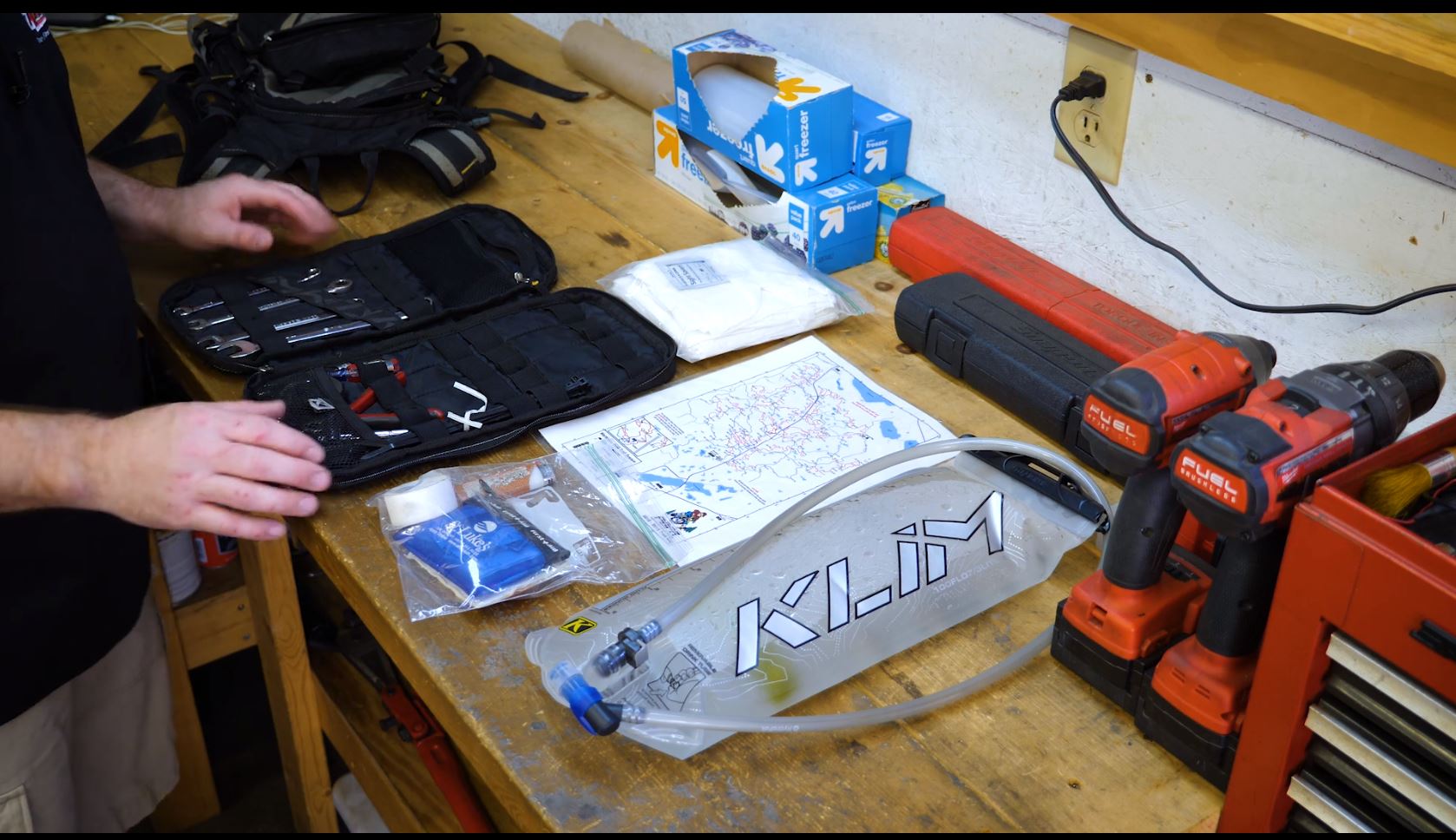
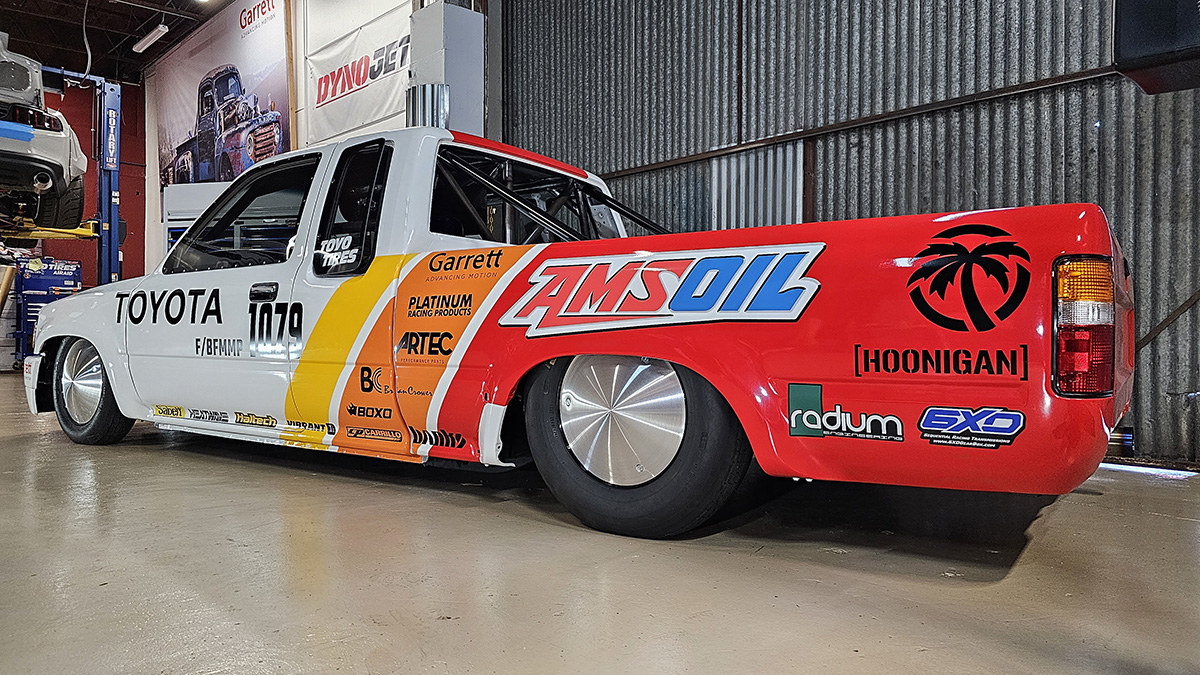
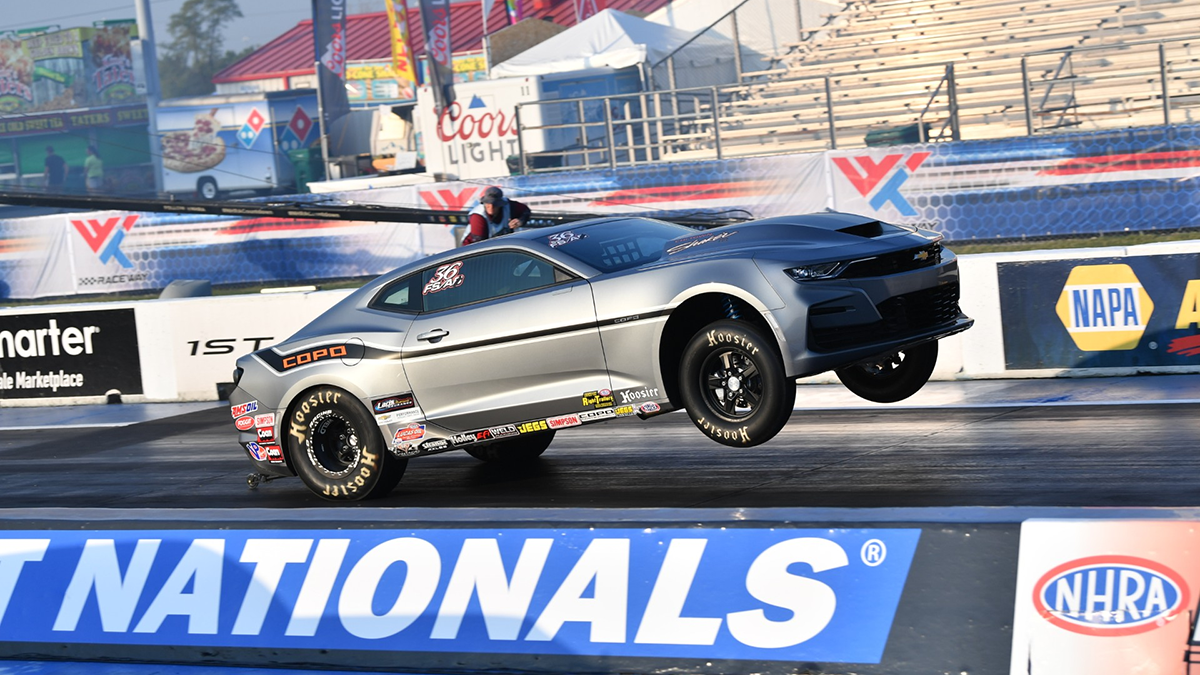

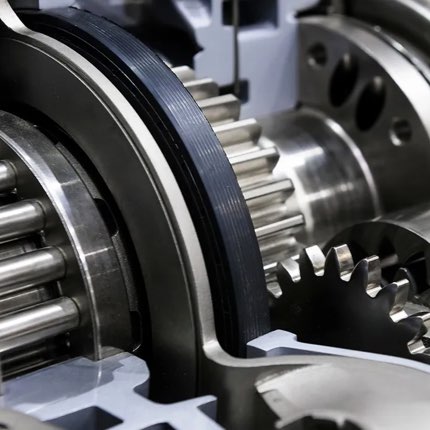
Comments
Share: